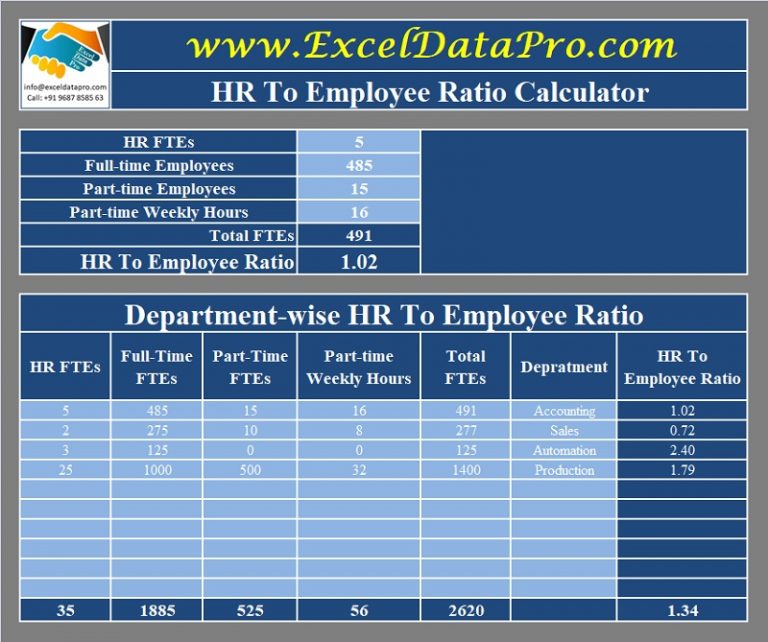Employeemanager To Employee Ratio
Employeemanager To Employee Ratio - A management to staff ratio is calculated by dividing the number of managers in a company or department by the number of. The typical ratio is 1:5 managers to employees. According to ravio’s data, the average headcount mix for a company is: However, some experts suggest that the ideal ratio of managers to staff is around 1:7, or one manager for every seven staff members.
However, some experts suggest that the ideal ratio of managers to staff is around 1:7, or one manager for every seven staff members. A management to staff ratio is calculated by dividing the number of managers in a company or department by the number of. The typical ratio is 1:5 managers to employees. According to ravio’s data, the average headcount mix for a company is:
According to ravio’s data, the average headcount mix for a company is: The typical ratio is 1:5 managers to employees. However, some experts suggest that the ideal ratio of managers to staff is around 1:7, or one manager for every seven staff members. A management to staff ratio is calculated by dividing the number of managers in a company or department by the number of.
HR to Employee Ratio Benchmarks & Best Practices
A management to staff ratio is calculated by dividing the number of managers in a company or department by the number of. According to ravio’s data, the average headcount mix for a company is: The typical ratio is 1:5 managers to employees. However, some experts suggest that the ideal ratio of managers to staff is around 1:7, or one manager.
The Benefits of a High ManagertoEmployee Ratio Don Romans
According to ravio’s data, the average headcount mix for a company is: However, some experts suggest that the ideal ratio of managers to staff is around 1:7, or one manager for every seven staff members. The typical ratio is 1:5 managers to employees. A management to staff ratio is calculated by dividing the number of managers in a company or.
What is HR To Employee Ratio? Definition & Formula ExcelDataPro
However, some experts suggest that the ideal ratio of managers to staff is around 1:7, or one manager for every seven staff members. The typical ratio is 1:5 managers to employees. According to ravio’s data, the average headcount mix for a company is: A management to staff ratio is calculated by dividing the number of managers in a company or.
Average Manager To Employee Ratio [2023] Zippia
A management to staff ratio is calculated by dividing the number of managers in a company or department by the number of. The typical ratio is 1:5 managers to employees. However, some experts suggest that the ideal ratio of managers to staff is around 1:7, or one manager for every seven staff members. According to ravio’s data, the average headcount.
Supervisor To Employee Ratio Chart
However, some experts suggest that the ideal ratio of managers to staff is around 1:7, or one manager for every seven staff members. The typical ratio is 1:5 managers to employees. A management to staff ratio is calculated by dividing the number of managers in a company or department by the number of. According to ravio’s data, the average headcount.
Understanding the HRtoEmployee Ratio
However, some experts suggest that the ideal ratio of managers to staff is around 1:7, or one manager for every seven staff members. The typical ratio is 1:5 managers to employees. A management to staff ratio is calculated by dividing the number of managers in a company or department by the number of. According to ravio’s data, the average headcount.
Determining your HR to employee ratio Culture Amp
A management to staff ratio is calculated by dividing the number of managers in a company or department by the number of. The typical ratio is 1:5 managers to employees. According to ravio’s data, the average headcount mix for a company is: However, some experts suggest that the ideal ratio of managers to staff is around 1:7, or one manager.
Download HR To Employee Ratio Calculator Excel Template ExcelDataPro
However, some experts suggest that the ideal ratio of managers to staff is around 1:7, or one manager for every seven staff members. A management to staff ratio is calculated by dividing the number of managers in a company or department by the number of. The typical ratio is 1:5 managers to employees. According to ravio’s data, the average headcount.
Employee to HR Ratio upstartHR
The typical ratio is 1:5 managers to employees. A management to staff ratio is calculated by dividing the number of managers in a company or department by the number of. According to ravio’s data, the average headcount mix for a company is: However, some experts suggest that the ideal ratio of managers to staff is around 1:7, or one manager.
Supervisor To Employee Ratio Chart
The typical ratio is 1:5 managers to employees. According to ravio’s data, the average headcount mix for a company is: A management to staff ratio is calculated by dividing the number of managers in a company or department by the number of. However, some experts suggest that the ideal ratio of managers to staff is around 1:7, or one manager.
A Management To Staff Ratio Is Calculated By Dividing The Number Of Managers In A Company Or Department By The Number Of.
According to ravio’s data, the average headcount mix for a company is: The typical ratio is 1:5 managers to employees. However, some experts suggest that the ideal ratio of managers to staff is around 1:7, or one manager for every seven staff members.



![Average Manager To Employee Ratio [2023] Zippia](https://www.zippia.com/wp-content/uploads/2023/12/manager-to-employee-ratios-in-professional-services.png)





